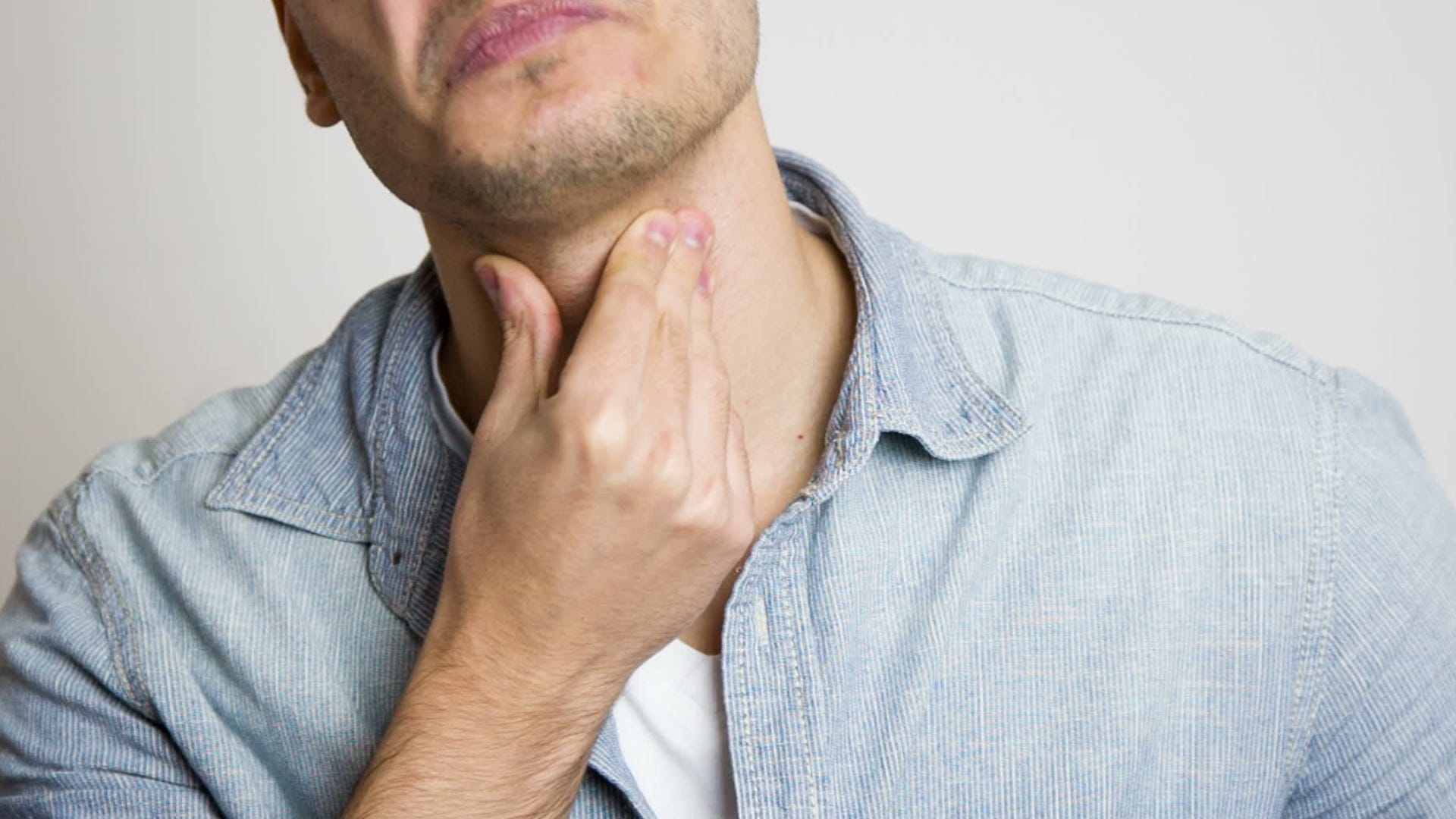Walking pneumonia, acute bronchitis cases are on the rise: How to prevent the spread
To prevent the spread of respiratory illness, the CDC recommends to stay up to date on immunizations, practice good hygiene, take steps for cleaner air and use precautions like distancing and masking.

Respiratory infections among young children have been on the rise since the school year began in August, according to reports from the Centers for Disease Control and Prevention.
Over the past six months, emergency rooms have discharged an increasing number of patients with a Mycoplasma pneumoniae diagnosis, which is typically associated with "walking pneumonia," or acute bronchitis. Discharges peaked in late August, the CDC reported on Oct. 18.
Between March 31 and Oct. 5, the percentage of children ages 2-4 who were diagnosed with Mycoplasma pneumoniae grew from 1% to 7.2%, according to the CDC. And among children ages 5-17, the percentage of diagnoses grew from 3.6% to 7.4% .
"The increase in children ages 2-4 years is notable because M. pneumoniae historically hasn't been recognized as a leading cause of pneumonia in this age group," the CDC report stated.
Though the numbers have been recently increasing, Mycoplasma pneumoniae infections are common. According to the CDC, about two million infections occur each year in the U.S.
What to know: McDonald's E. coli outbreak follows other listeria, salmonella recalls
What is Mycoplasma pneumoniae?
Mycoplasma pneumoniae is a bacteria that can cause respiratory tract infections, according to the CDC.
The bacteria is spread by inhaling respiratory drops produced when an infected person coughs or sneezes.
What are the symptoms of Mycoplasma pneumoniae?
Infections caused by Mycoplasma pneumoniae are generally mild, presenting as a chest cold with a fever, cough and sore throat. Sometimes, the infection may also present as pneumonia.
When a Mycoplasma pneumoniae infection progresses to pneumonia, it's often less severe that typical pneumonia and presents as "walking pneumonia."
What is walking pneumonia?
Walking pneumonia is a mild form of pneumonia, also known as "atypical pneumonia," according to the Cleveland Clinic. Where pneumonia, a lung infection, may cause an individual to be bedridden, someone with walking pneumonia may be able to walk around and carry out day-to-day tasks without being aware of the infection.
Help prevent the spread of respiratory illnesses
To help prevent the spread of respiratory illnesses, like walking pneumonia, the CDC recommends the following:
- Stay up to date with immunizations
- Practice good hygiene, such as regular hand washing
- Take steps for cleaner air, such as opening doors/windows; replacing the filter for central heating, ventilation or air conditioning; moving activities outdoors
- Use precautions like distancing from others for at least five days and wearing a mask if around others
If you believe you or someone you know may have a Mycoplasma pneumoniae infection, visit a healthcare provider.
How do you test for Mycoplasma pneumoniae?
To test, healthcare providers collect a specimen swab from the nose or throat, in addition to examining a patient physically for signs of respiratory illnesses.
Mycoplasma pneumoniae testing usually occurs as part of a respiratory panels that tests for other pathogens, like the flu and COVID-19.
How do you treat Mycoplasma pneumoniae?
For most, Mycoplasma pneumoniae is treatable on its own — clearing up without medicine. However, over-the-counter medications can make someone feel better during recovery.
If necessary, a healthcare provider will provide an antibiotic.
Greta Cross is a national trending reporter at Paste BN. Follow her on X and Instagram @gretalcross. Story idea? Email her at gcross@gannett.com.